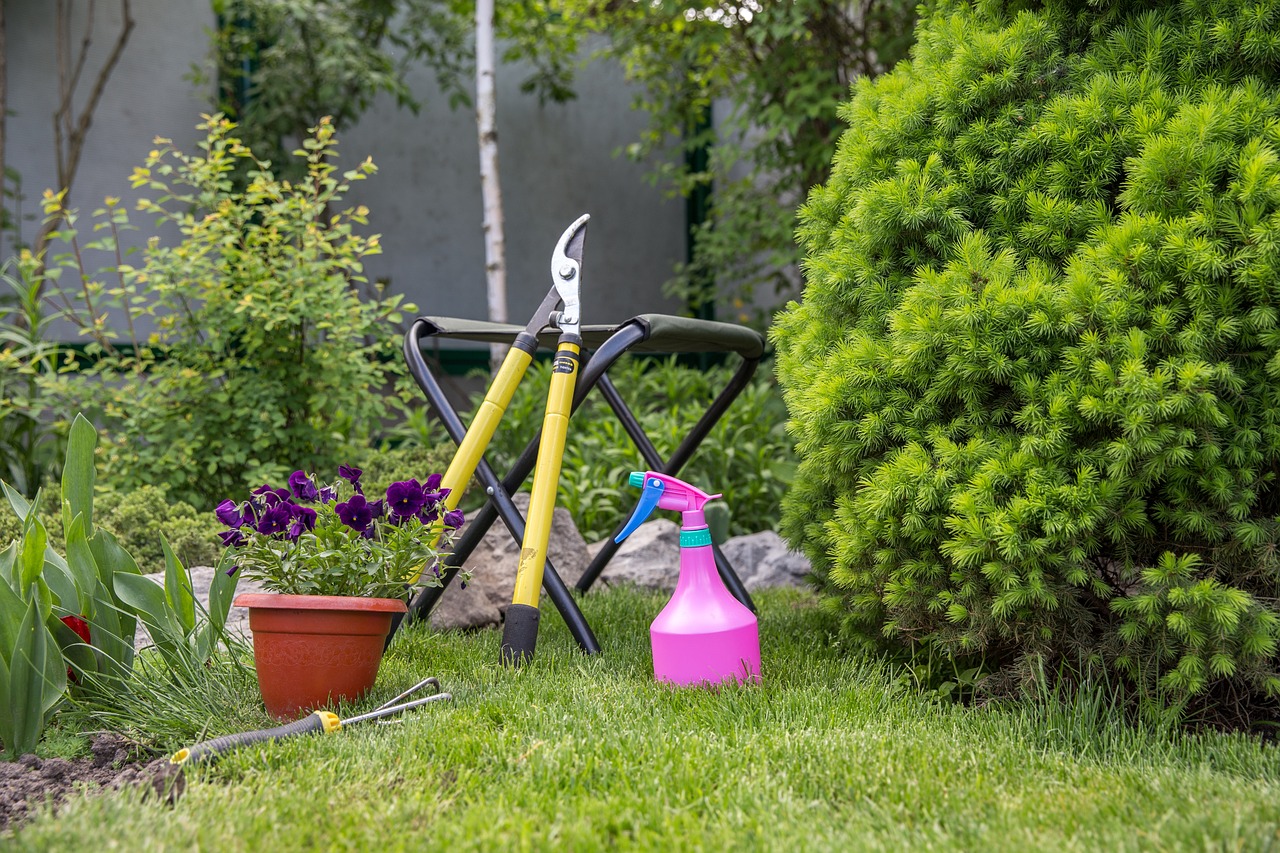As the days grow longer and the temperature begins to rise, it’s time to embrace the joys of spring gardening. With nature bursting into life all around us, there’s no better time to roll up your sleeves and get stuck into your garden. In this blog post, we’ll explore some essential spring gardening tips to help you make the most of the season and create a flourishing garden that blooms with beauty and vitality.
Preparing Your Soil
The key to a successful garden lies in the quality of your soil. Before you start planting, take some time to prepare your soil by turning it over with a fork or spade to loosen it and remove any weeds or debris. Incorporate organic matter such as compost or well-rotted manure to improve soil structure and fertility, providing essential nutrients for your plants to thrive.
Choosing Your Plants
When selecting plants for your spring garden, consider choosing varieties that are well-suited to the season and local climate. Look for spring-flowering bulbs such as daffodils, tulips, and hyacinths to add vibrant colour to your garden, and opt for hardy perennials and annuals that can withstand fluctuating temperatures and unpredictable weather conditions.
Planting Your Garden
Once you’ve prepared your soil and chosen your plants, it’s time to get planting. Start by planting bulbs and tubers such as daffodils and tulips, ensuring they are planted at the correct depth and spacing for optimal growth. Follow this with the planting of hardy perennials and annuals, spacing them according to their individual requirements and ensuring they are well-watered and mulched to retain moisture.
Watering and Maintenance
As the weather warms up, it’s important to keep your garden well-watered to ensure healthy growth and development. Water your plants deeply and thoroughly, focusing on the root zone rather than the foliage, and avoid watering during the hottest part of the day to minimise evaporation. Be sure to also keep an eye out for any weeds or pests that may appear in your garden, and take action to remove or control them before they become a problem.
Pruning and Deadheading
Regular pruning and deadheading are essential tasks for maintaining a healthy and vibrant garden. Prune back any dead or damaged growth from your plants, as well as any branches that are crossing or rubbing against each other. Deadhead spent flowers to encourage further blooming and prevent your plants from wasting energy on seed production. This will help to keep your garden looking neat and tidy while promoting healthy growth and flowering throughout the season.
Protecting Your Garden
As spring progresses, be prepared to protect your garden from potential threats such as late frosts and pests. Keep an eye on the weather forecast and cover tender plants with fleece or cloches if frost is predicted, and take steps to deter pests such as slugs and snails with natural remedies or barriers. By staying vigilant and proactive, you can help to safeguard your garden and ensure it continues to thrive throughout the season.
Conclusion
In conclusion, spring gardening is a wonderful opportunity to breathe new life into your outdoor space and create a garden that bursts with beauty and vitality. By following these essential spring gardening tips, you can prepare your soil, choose the right plants, and plant your garden with confidence, knowing that you’re giving your plants the best possible start to the season. So embrace the joys of spring gardening, and watch as your garden blooms into a breathtaking display of colour and fragrance that delights the senses and lifts the spirits.




